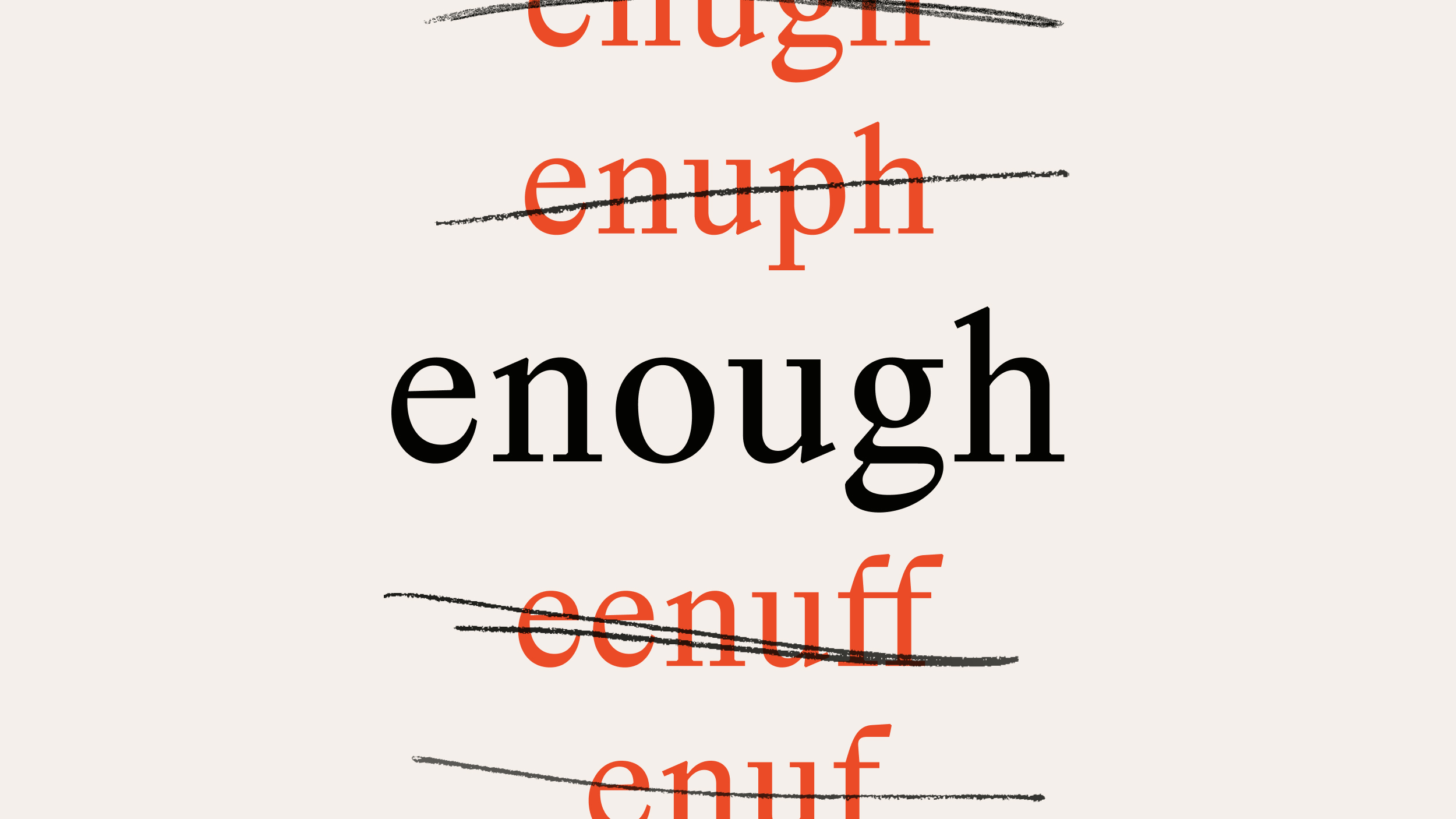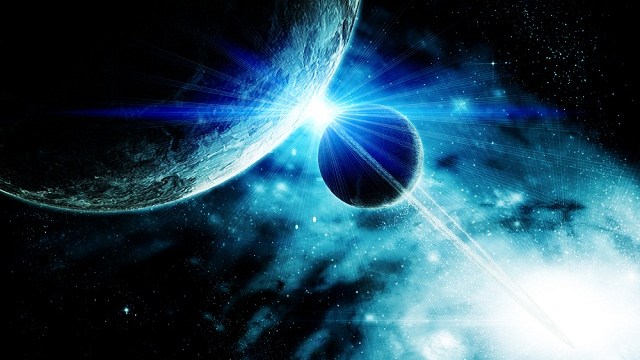How Should We Picture This Election?

When I struggle to wrap my head around a problem, I often turn to art to help me literally picture the big issue and, I hope, guide me to an answer. In the same vein, CNN commissioned artists to create art based on the theme of “power” as part of their coverage of the 2012 election. Just as we’re beset with imagery from first the Frank Lloyd Wright-hauntedRepublican convention and now from the equally slickly staged Democratic convention, it’s fascinating to see how artists use their vision to cut through the extraneous noise of this political moment and cut down to the human essentials. If you’re suffering from sensory overload from all the biographical videos and group-tested backdrops, then a dose of these artists might be just what you need.
According to the CNN gallery’s home page, these artists were asked to ponder the theme of power, but “not just the obvious power that’s at stake, that politicians and presidents wield, but the sometimes more subtle forces that power us as a people and drive our debate over money, health, race and gender—often to the point of protest and gridlock.” CNN broke down the larger theme of power into five smaller, often overlapping categories: Collective Power, Power of Authority, Power Struggle, Personal Power, and Origins of Power.
In “Collective Power,” comic artist Greg Ruth paradoxically champions the collective force of the independent voter, especially in the infamous “swing states” now being mercilessly blitzed by political ads on television and radio. “Fair or not, properly democratic or not,” Ruth explains, “this is the inevitable no man’s land in our representative system.” The idea of fairness, or rather random chance, appears in Jennifer Dalton’s Powerball, in which she gives startling statistics on who holds the power. If Keynes is right and the economy’s a “casino,” then perhaps the best metaphor for our political system is the Powerball lottery, except this game’s rigged.
Under “Power Struggle,” Seb Jarnot’s The War of Smiles reduces the election to the faces of Romney and Obama—a war of smiles that “don’t express joy or confidence,” Jarnot explains, “but rather violence and power in a fight between two candidates, two different energies, media images, financial powers.” “Trust me,” the smiles seem to say, in an increasingly ominous way. Even more striking is Noah Fischer’s video, The Power of Gold. Fisher, a sculptor who initiated the Occupy Wall Street sub-groups Occupy Subways and Occupy Museums, analyzes the economics of this election by taking Augustus Saint Gaudens’ early 20th century Double Eagle American gold bullion coin and reimagining it for today. In Fischer’s hands, Gaudens’ golden image of American freedom morphs into malevolent images of foreclosures and corporate greed. “Gold is a barometer of fear,” Fisher says in text running along the bottom of the screen, “… its value increases as the economy falters and lives fall apart… as corruption dominates. Where is the turning point?” Fischer’s intimation is that the turning point is close at hand.
The idea of power and a woman’s body come into play with Peregrine Honig’s Bed of Roses and Dorothy O’Connor’s Tornado. Honig’s watercolor shows a woman stretched on the ground with a bouquet of roses rising bloodily from her abdomen. “We have a historical responsibility to avoid the tragedy of the women of our country dying alone in fear, bleeding out and infected, too afraid to seek help because their actions have been criminalized,” Honig explains. “My artwork is delicate and disturbing—deceptively simple executions of complicated subjects.” The simple act of giving birth becomes a horrific mix of beauty and bloodshed in Honig’s image. “When our choices in any matter of growth and germination are depleted, our dreams are taken from us, and someone else’s victory overrides all truth and compassion,” Honig continues. “We are pruned of hope and robbed of our season.” Honig asks every citizen (not just, but especially, women) to mind the garden of our society so as to tend to our very souls.
In O’Connor’s Tornado photograph, a woman works a lever extending from the wall to control the windy chaos of her room. “In the image,” O’Connor offers, “the tornado, which is an incredibly destructive force, is being both created, and ostensibly controlled, by the woman in the picture.” The combination of control and lack of control all Americans, especially women, feel in regards to the electoral process takes concrete form in O’Connor’s photo. When the rhetoric gets especially windy, life in America can feel like one big, overwhelming tornado of conflicting ideologies.
The one image that sticks the most in my mind from CNN’s gallery, however, is Katrin Eismann’s Untitled (shown above), a photograph of U.S. coins in the waters of Lake Huron. Eismann wants to suggest with this image “that the founding principles of the United States are at risk of being warped to the point where we will no longer recognize them.” The faces of Washington and Jefferson so familiar on our coinage and so integral to our democratic DNA hold so much meaning that distorting them in this way really conveys the long, strange trip we’ve made since that first Fourth of July. Eismann’s photo perfectly encapsulates the desires of CNN when they commissioned this series of artworks—it makes you think about power in a non-partisan, purely “small d” democratic way when words alone fail. Take a look and see if you, too, find some answers, or at least some better questions.
[Image:Katrin Eismann. Untitled.]





